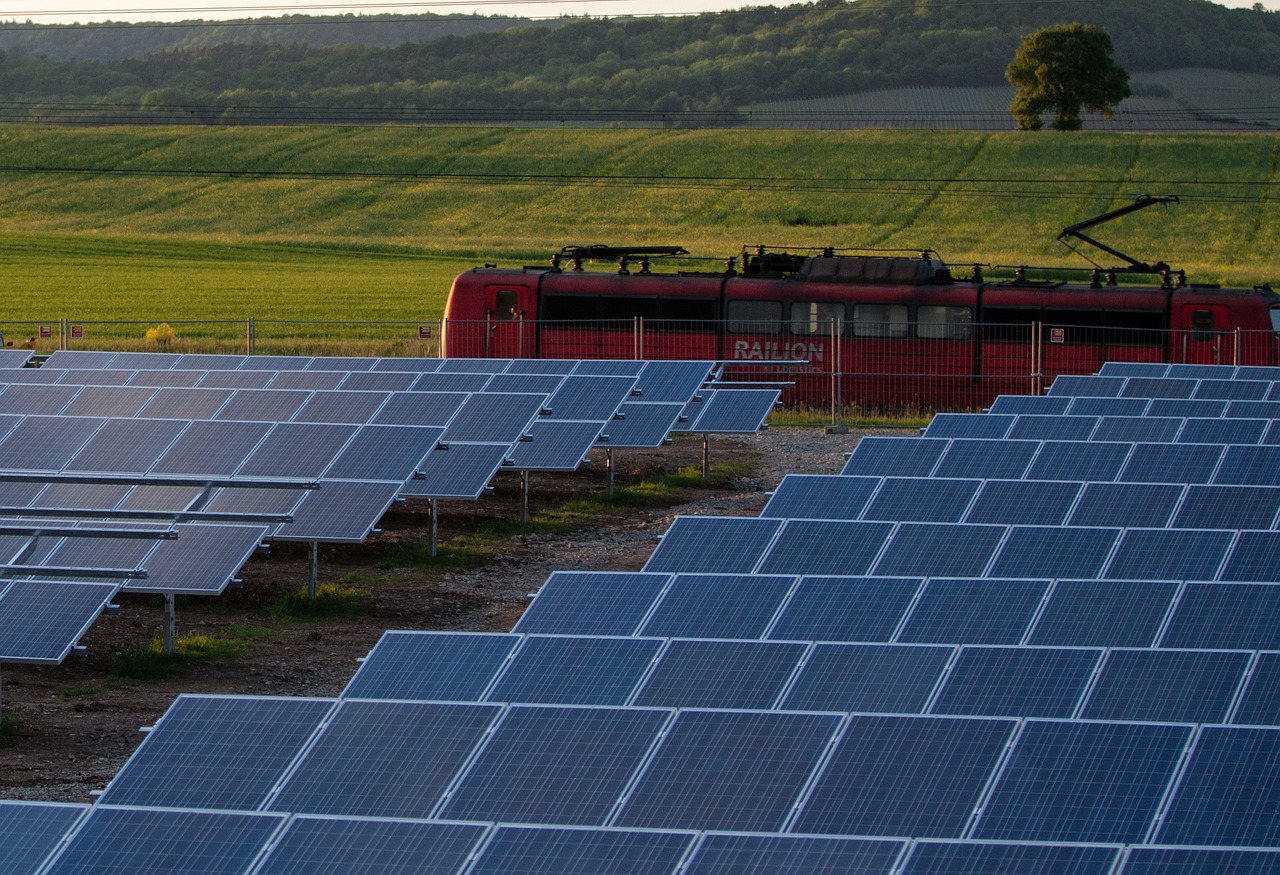
Over the last years, the country has been one of the main developers of solar energy and BESS. Both of them are major drivers not only for the energy transition of the country but also for the local economies and society. With different projects in development, it is clear that Colombia is well on the path to consolidating regional leadership with respect to renewable energy.
Overview of Solar Energy Project
The Ministry of Mines and Energy Planning reported that there are currently 341 approved and under-review solar energy projects in the country of Colombia, with installed capacities amounting to 9.48GW. Some of them are as follows:- Baranova I Photovoltaic Project: The China Three Gorges Corporation-developed project has an installed capacity of 23 MW at design and is expected to generate power by the end of 2023. The project will open 300 jobs and provide electricity for 25,000 households annually.
- Bosques de Los Llanos Photovoltaic Project: It is already operational, with the second phase by Trina Solar. The third phase is currently being built and will avoid carbon emissions while offering a supply of electricity to 71,400 households.
- Caracoli Photovoltaic Project: Canadian Solar won a 52MW project, which further expands its foothold in Colombia.
- Espinal Solar Photovoltaic Project: This project, owned by Cubico Sustainable Investments and Celsia, has a 10MW rating. It has been inaugurated by the President of Colombia and the Minister of Energy and is now fully operational.
Why is BESS so important for the development of Colombian Renewable Energy?
Greater reliance on renewable energy means the importance of BESS in grid stabilization for Colombia increases. BESS smoothens fluctuations in solar generation and adds reliability and efficiency in the grid. In fact, for example, a proposed 560MW molten salt energy storage project in Chile illustrates the feasibility of large-scale energy storage-a model quite achievable even for Colombia.
Studies show that this additional storage capacity can reduce even more the dependence of Colombia on thermal plants, decreasing fuel consumption and adding more wind and solar sources. This will increase the share of renewable energy from 19% to 25%, considering a system with a charge-discharge power of 2 GW and a storage capacity of 10 GWh.
What are the principal technologies involved in BESS, and what are its benefits for Colombia?
BESS is comprised of energy storage batteries, power conversion systems, and monitoring controls. The components guarantee that the energy is well charged and discharged. As an illustration, the Chelion BESS system functions well in off-grid mode and has a considerably faster ramping competence upon transitioning to this particular mode to ensure uninterruptable power supply. Furthermore, BESS systems offer relief to peak demand, grid damping, and congestion on transmission lines.



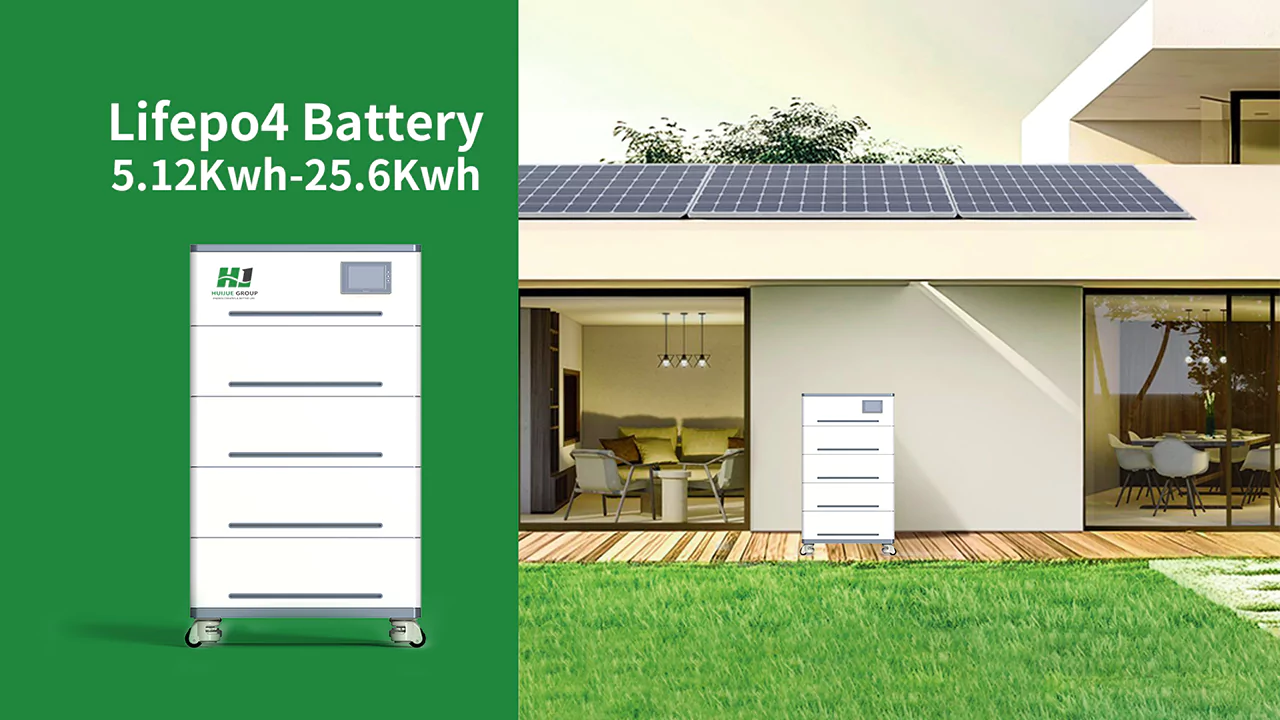

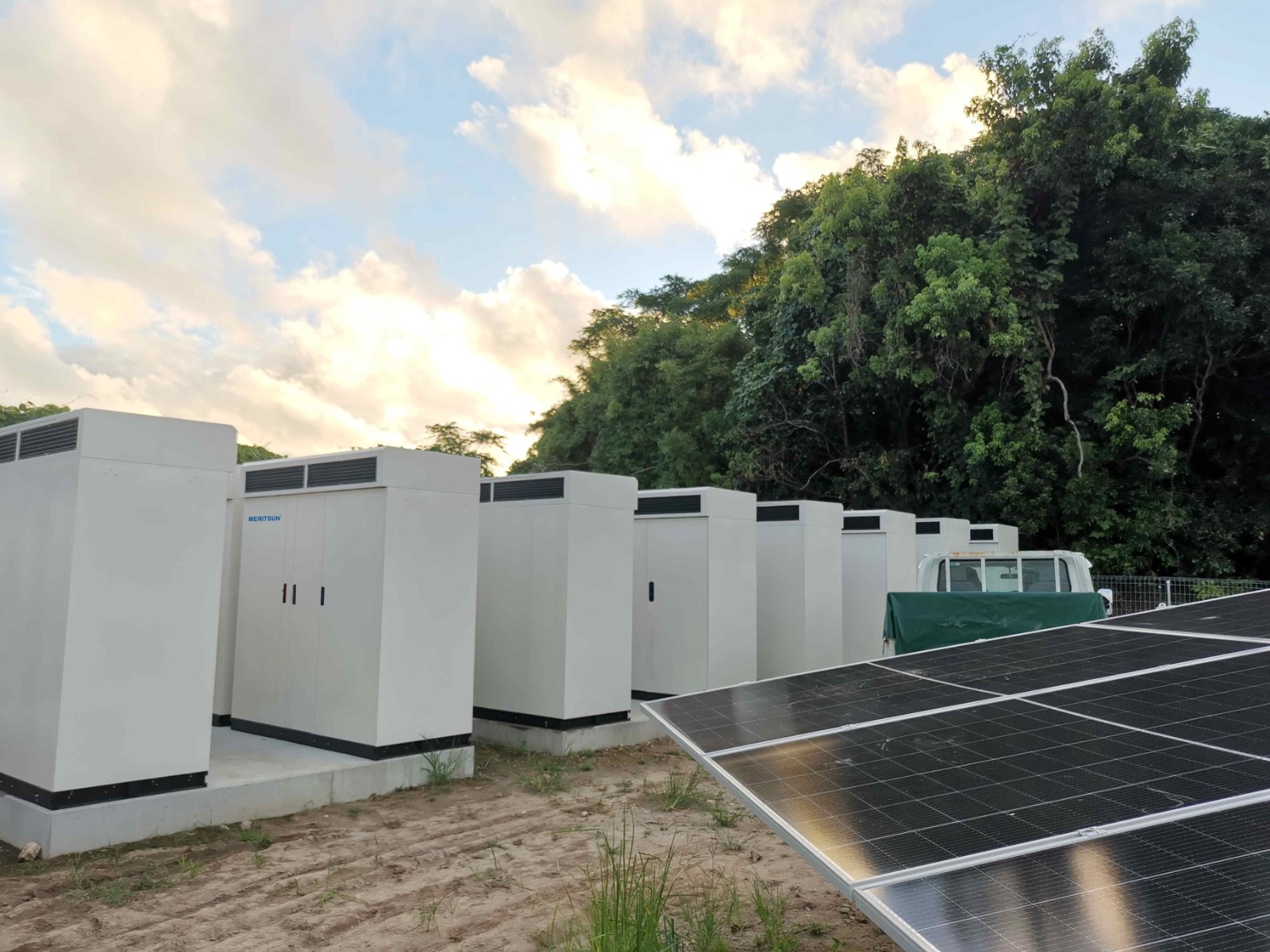
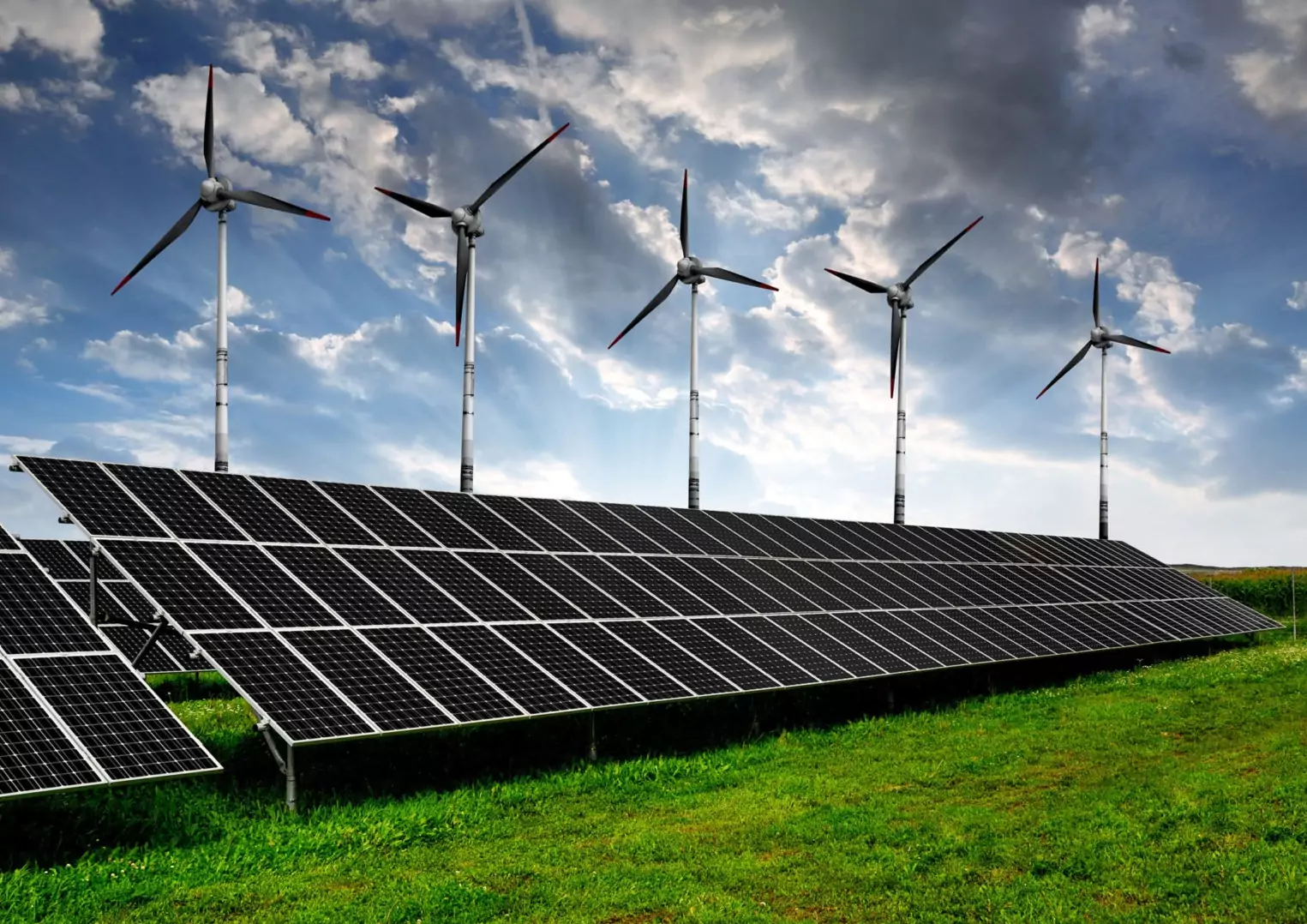
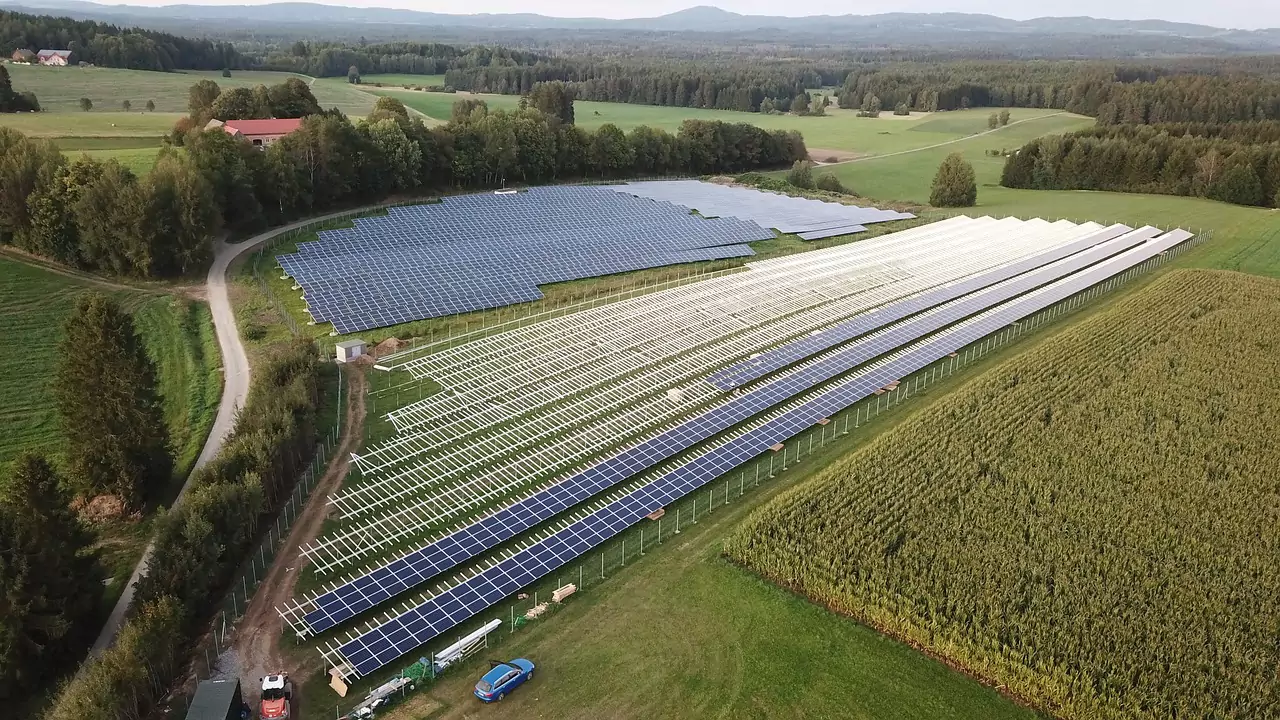


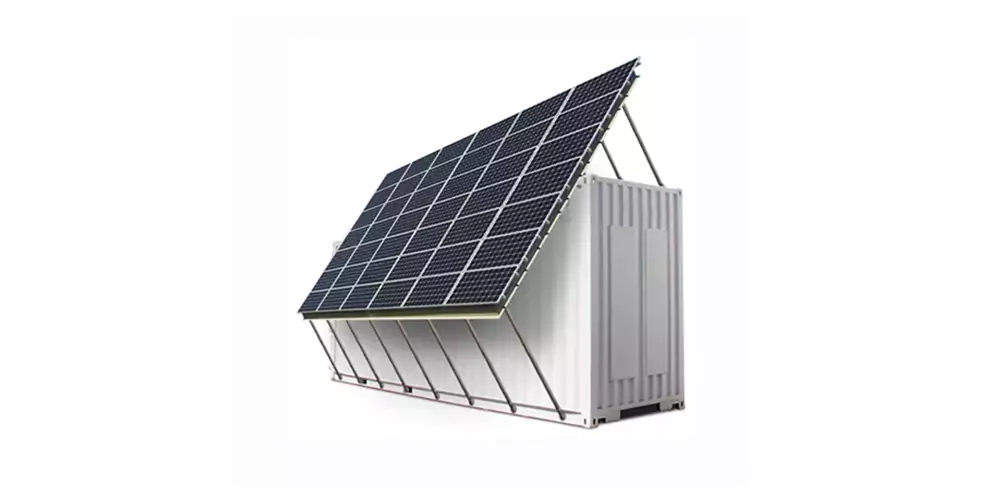





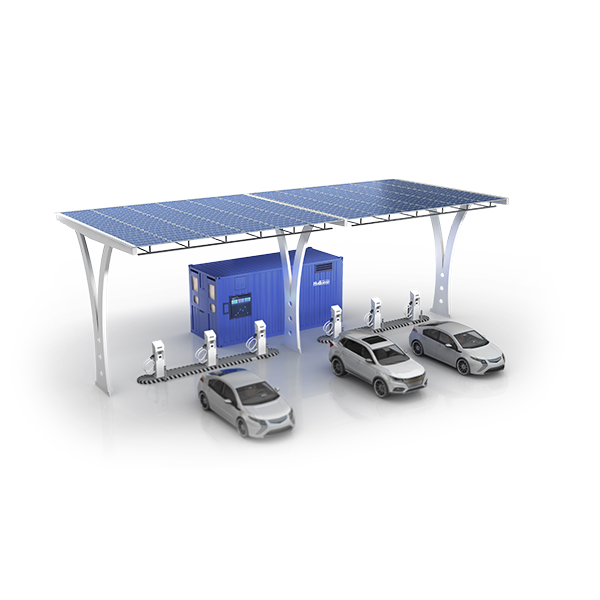

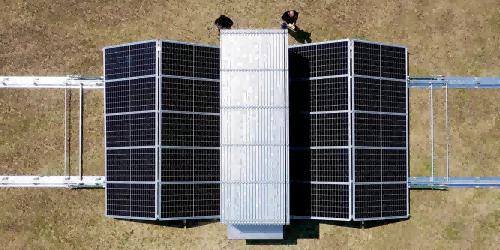


 Inquiry
Inquiry Online Chat
Online Chat